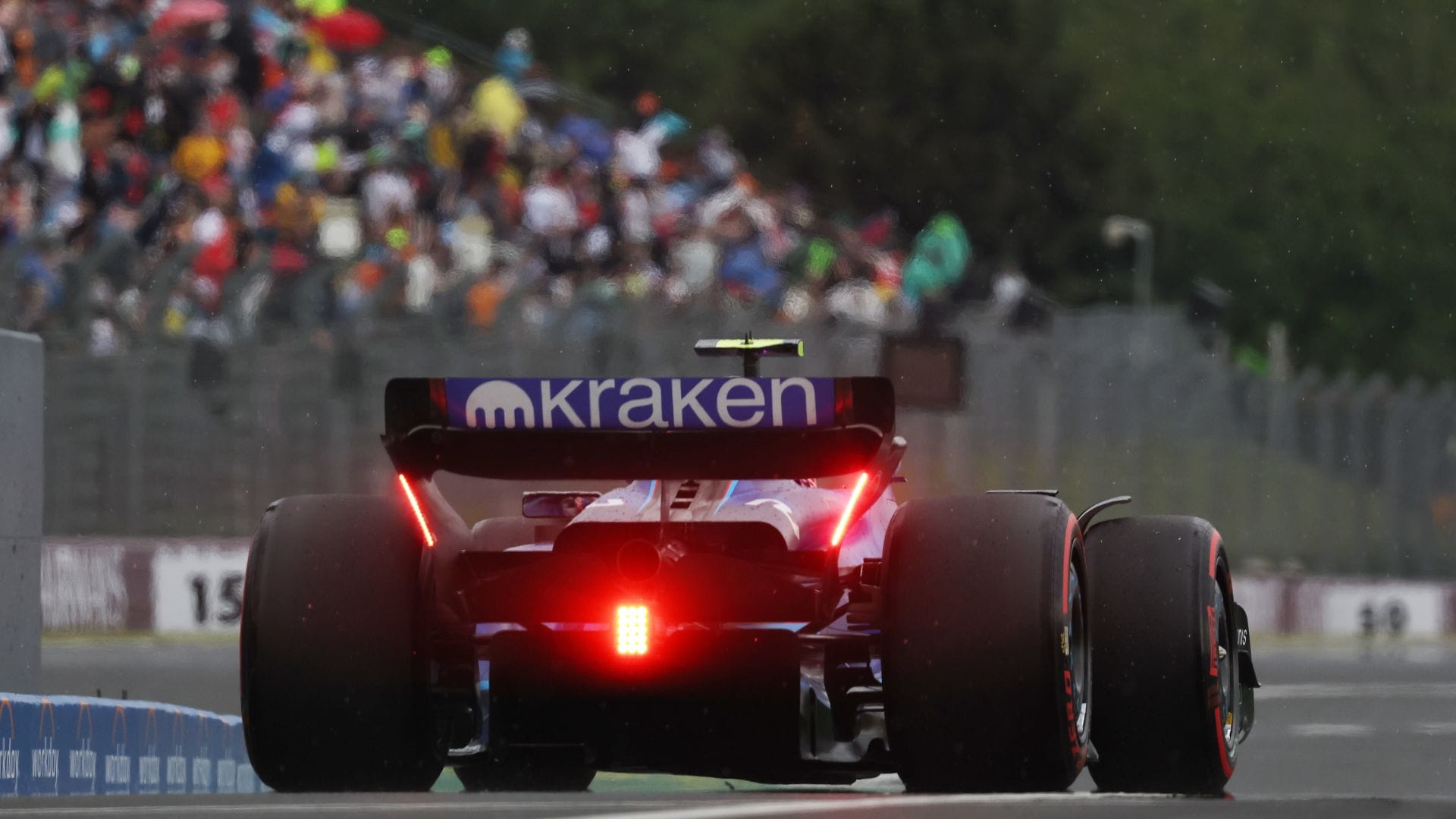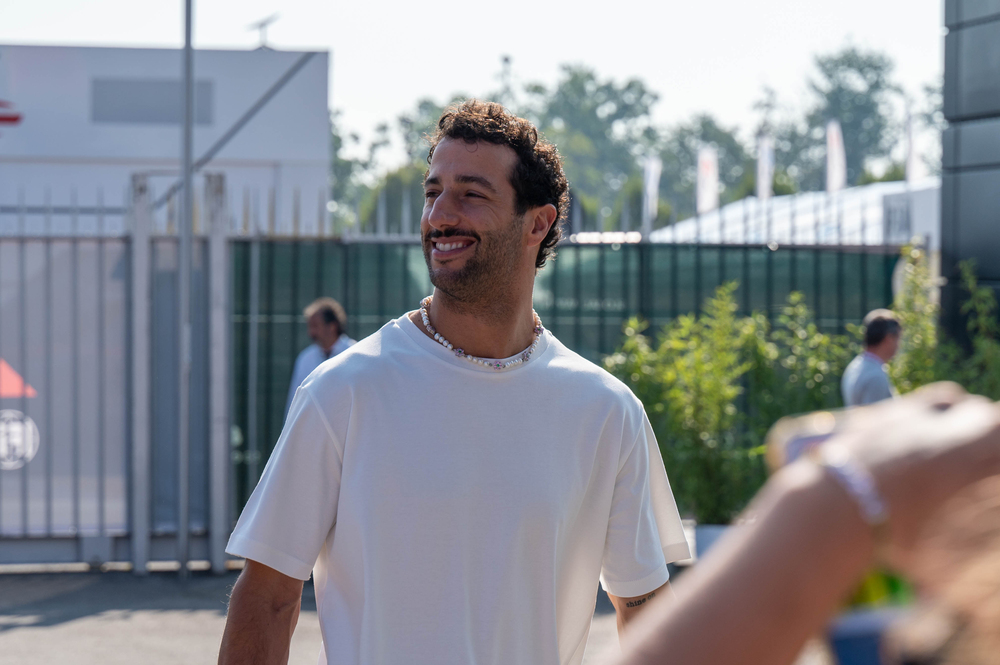Why Don’t F1 Drivers Use DRS All The Time?


You, like many fans of Formula 1 racing, may have wondered, “Why don’t F1 drivers use DRS all the time?” It’s a question that resonates with viewers who are intrigued by the strategic decisions made during a race.
F1 drivers are not allowed to DRS all the time due to specific regulations, safety reasons, and the aerodynamics of the car. The DRS system is only allowed to be used in certain sections of the track where it is deemed safe to do so. Additionally, drivers are only allowed to use DRS when they are within one second of the car in front of them, ensuring that the driver behind has a fair chance of overtaking. This system is in place to prevent the leading driver from gaining an unfair advantage. Understanding why involves delving into the technical aspects and rules governing the system.
In this article, we will explore the complexities and regulations that surround the use of DRS in Formula 1 racing. We’ll demystify the reasons why it’s not used constantly and shed light on the various factors that play a role in this decision-making process. Whether you’re a die-hard racing fan or a curious onlooker, you’ll find insights that deepen your understanding of this fascinating aspect of motorsport.
A Detailed Explanation of Why F1 Drivers Don’t Use DRS All the Time
The Concept of DRS
DRS, or Drag Reduction System, is a technology used in Formula 1 racing to reduce aerodynamic drag. It works by altering the angle of the car’s rear wing, making the car more streamlined and allowing for higher speeds on straights. However, this comes at the cost of stability, particularly in corners.
The reason why DRS isn’t used all the time lies in its very nature. The system is designed to provide a temporary advantage in specific circumstances, rather than being a permanent feature of the car’s aerodynamics.
The Rules and Regulations
The governing body of Formula 1, the FIA, has set strict rules about when and where DRS can be activated. It can only be used in designated DRS zones on the track, and only when a driver is within one second of the car in front at the detection point. These limitations are in place to ensure that DRS is used as a tool for overtaking rather than an all-out speed advantage.
Strategic Considerations
The use of DRS is not just about following the rules; it also requires strategic thinking. Activating DRS at the wrong time could lead to a loss of control or a missed overtaking opportunity. Drivers and teams must weigh the benefits and risks, considering factors such as track layout, weather conditions, and the car’s handling characteristics.
Safety Concerns
Finally, safety is a paramount concern in Formula 1, and the restrictions on DRS use are partly driven by this consideration. Using DRS outside the designated zones or in inappropriate situations could lead to accidents. The regulations ensure that DRS is used in a controlled and safe manner, contributing to the excitement of the race without unnecessarily increasing the risk to drivers.
Here’s everything else you need to know about the nuances of DRS and its impact on the thrilling world of Formula 1 racing.
How DRS Works in Practice
Understanding the Mechanism
DRS operates by opening an adjustable flap on the rear wing of the car. When activated, it reduces the aerodynamic drag, allowing the car to move faster in straight lines. But, when approaching a corner, the stability and downforce offered by the wing are vital, and thus, DRS is usually deactivated.
Race Strategy and DRS
The decision to use DRS doesn’t only rest on the driver. It’s a collaborative decision involving race engineers and strategists. Timing the use of DRS to perfection can mean the difference between successful overtaking and losing a position. The communication between the driver and the team, along with understanding the competitor’s tactics, is key in utilizing DRS effectively.
The Impact of DRS on Racing
Changing the Dynamics of Racing
Since its introduction, DRS has undoubtedly changed the dynamics of Formula 1 racing. It’s added an additional strategic element, providing opportunities for more overtaking and making races more exciting for viewers. However, it has also sparked debates among fans and experts about the purity of racing and the potential advantages it might offer some teams over others.
DRS Controversies
The system has not been without controversy. Critics argue that it can make overtaking too easy in some instances, taking away from the skill and challenge of racing. Regulations and tweaks have been implemented over the years to address these concerns, aiming for a balance that maintains excitement without undermining the essence of the sport.
DRS and Car Design
A Complex Integration
The integration of DRS into a Formula 1 car is not a simple task. It requires intricate engineering and design, taking into consideration the overall aerodynamics of the vehicle. How the system is implemented can vary between different teams and car models, reflecting their particular design philosophies and competitive strategies.
Impact on Performance
The way DRS is designed and utilized within a car can have profound effects on its performance. It’s not just about speed; it’s about how the car handles, how it performs in different weather conditions, and how it interacts with different track surfaces. All of these factors must be meticulously considered and calibrated, both in the design phase and during the race itself.
The Evolution of DRS in Formula 1
From Concept to Reality
The idea of reducing drag to increase speed is not new, but the implementation of DRS as a regulated system in Formula 1 began in 2011. Its introduction was aimed at encouraging more overtaking, and it underwent various refinements over time to ensure it met its goals without compromising safety or fairness.
Impact on Race Strategies
Over the years, DRS has become a vital component in race strategy. Teams have developed sophisticated methods for deciding when and how to use DRS, turning it from a simple tool into a multi-faceted aspect of race planning that involves deep analysis of competitors, track conditions, and even weather forecasts.
Why Don’t F1 Drivers Use DRS All The Time? – Final Thoughts
As you’ve journeyed through the intricacies of DRS, or Drag Reduction System, in Formula 1, you now have a more comprehensive understanding of why it’s not utilized all the time. From the complex mechanics that allow for the reduction of drag to the tightly regulated rules that govern its use, DRS is far from a simple button a driver presses to go faster.
You’ve also explored how DRS has shaped modern racing, influencing race strategies, stirring up controversies, and even reaching beyond Formula 1 into other motorsport categories. It’s a testament to how technology, strategy, and regulations intertwine to create the thrilling spectacle that is Formula 1.
May this newfound knowledge enhance your enjoyment of races and deepen your appreciation for the incredible skill and strategic depth involved in this exhilarating sport. Keep watching, keep wondering, and keep exploring the fascinating world of motorsport!





